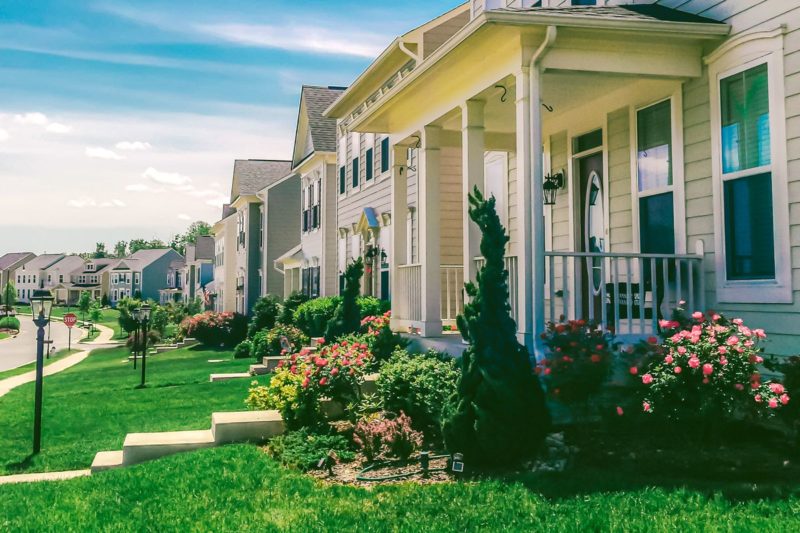Borrowing costs are lower even after the Fed’s hike this week—but a bigger issue looms large.
At 6.39% this week, the average for the 30-year fixed-rate mortgage has been settling in below the 6.5% range for some time now and is only one percentage point higher than a year ago, Freddie Mac reported Thursday. But while the outlook for borrowing costs bodes well for prospective home buyers this spring, the lack of inventory does not.
The number of homes on the market remains tight—still below pre-pandemic levels. Newly listed homes have plunged about 21% compared to a year ago, realtor.com® reported this week. “Spring is typically the busiest season for the residential housing market, and despite rates hovering in the mid-6% range, this year is no different,” says Sam Khater, Freddie Mac’s chief economist. “Interested home buyers are acclimating to the current rate environment, but the lack of inventory remains a primary obstacle to affordability.”
Fewer homeowners are opting to sell compared to last year, and that continues to limit buyers’ choices and constrain home sales, says Danielle Hale, realtor.com®’s chief economist. A third of homeowners recently surveyed by realtor.com® say buying their next home is their top concern when evaluating whether to sell.
“Many sellers are likely future buyers, too. That may be why a majority of would-be sellers report feeling ‘locked in’ to their current home because of a low mortgage rate, especially younger homeowners,” Hale says. “But older homeowners, who are likely to have a smaller mortgage balance and greater equity, are less likely to report feeling locked in by a low interest rate and more likely to report that they need to sell anyway. This likely means that older households will continue to play a prominent role on both sides of the home sale transaction this year.”
Could Rates Move Lower?
Despite the Federal Reserve raising its benchmark rate for the tenth time—a move National Association of REALTORS® Chief Economist Lawrence Yun called “unnecessary and harmful”—mortgage rates still fell this week. So, don’t assume the Fed’s monetary policy will lead to higher mortgage rates, says Nadia Evangelou, senior economist and director of real estate research at NAR. The Fed’s rate does not have a direct correlation to mortgage rates. “If inflation keeps slowing down, then mortgage rates will move lower,” Evangelou says.
NAR has predicted 30-year rates to drop to 6% by the end of the year and to 5.6% in 2024. Mortgage rates are no longer double what they were a year ago: The 30-year loan averaged 5.27% at that time. “The gap between current and last year’s affordability is narrowing,” Evangelou says. “Home prices are modestly lower while American family income is about 6% higher than a year ago.”
Freddie Mac reports the following national averages for mortgage rates for the week ending May 4.
- 30-year fixed-rate mortgages: averaged 6.39%, falling from last week’s 6.43% average. Last year at this time, 30-year rates averaged 5.27%.
- 15-year fixed-rate mortgages: averaged 5.76%, up from last week’s 5.71% average. A year ago, 15-year rates averaged 4.52%.
Source: nar.realtor













